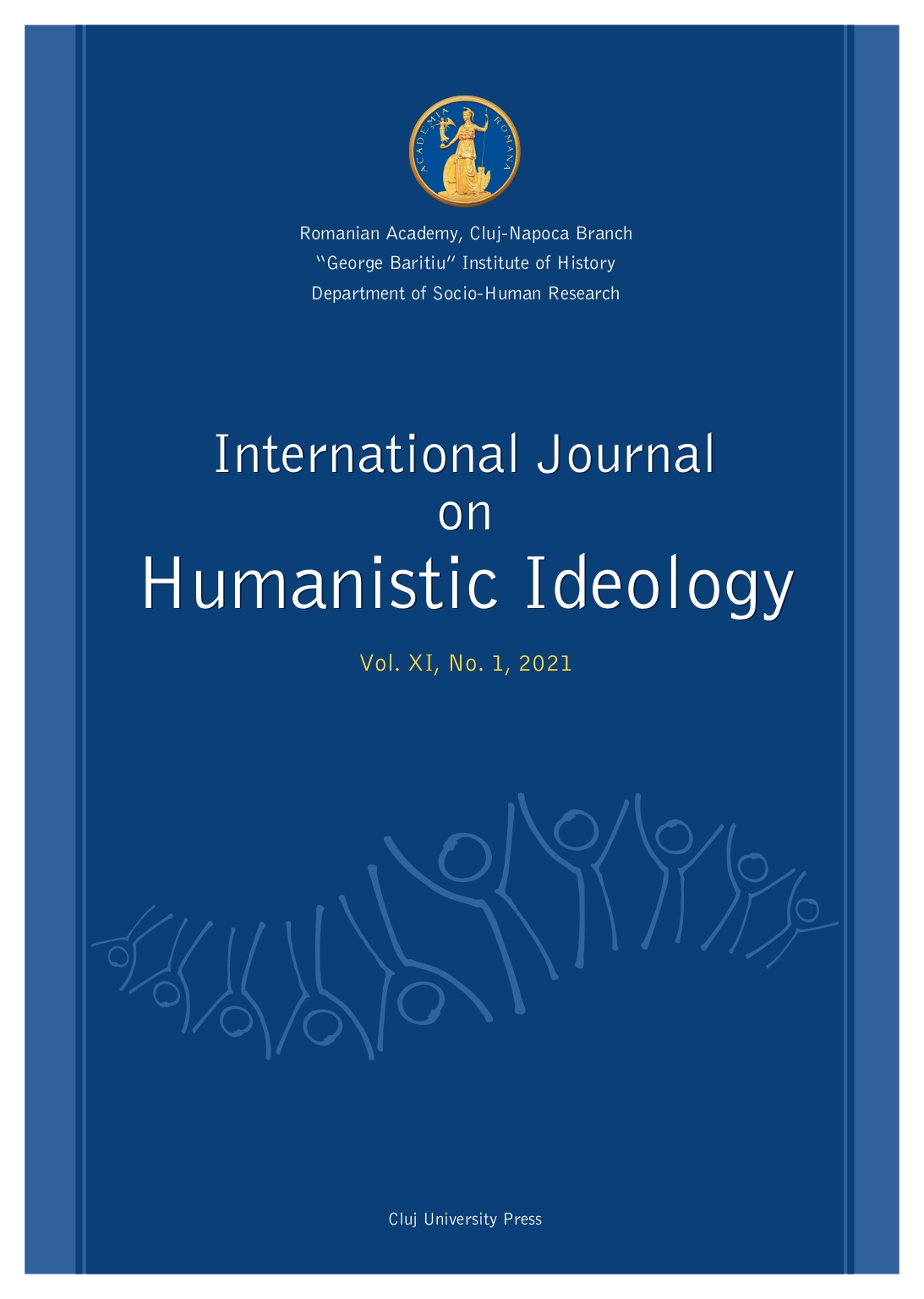Art and the End of the World in Kierkegaard
Art and the End of the World in Kierkegaard
Author(s): Leonardo F. LisiSubject(s): Philosophy, Metaphysics, Aesthetics, Existentialism, Philosophy of Religion
Published by: Presa Universitara Clujeana
Keywords: beauty; the end of art; religion and aesthetics; the concept of world;
Summary/Abstract: Any interpretation of Kierkegaard’s relation to art must account for the contradiction that he both dedicated extraordinary attention to aesthetics and condemned it as the lowest of the stages of existence. This article attempts such a task in three steps. First, it examines Kierkegaard’s notion of beauty as the sensuous embodiment of ideas, a conception he shares with his Danish and German contemporaries. Second, it shows how Kierkegaard follows Hegel in taking this definition to also impose precise internal and historical limits on art. Finally, the paper suggests that Kierkegaard conceives of the religious as a way to overcome these limitations and provide an alternative way to justify the absolute value of immediate experience.
Journal: International Journal on Humanistic Ideology
- Issue Year: XI/2021
- Issue No: 1
- Page Range: 89-117
- Page Count: 29
- Language: English

